Often referred to as sponsored content, native advertising is paid media promoting a brand that is situated to emulate editorial or ‘natural’ content on a media site.
Native is hot. The largest social platforms in the world have long monetised with native ads, including Facebook, Twitter, Instagram and Tumblr. Over the last five years, the publishing industry has increasingly followed suit, as companies like Time Inc., Forbes, The Wall Street Journal and The New York Times have integrated native ads into their desktop and mobile environments.
Native ads are lighting up both performance metrics and ad budgets. According to eMarketer research, consumers are 25 per cent more likely to look at them than standard banners, and they register 18 per cent higher lift in purchase intent. It’s no wonder eMarketer is predicting that spending on native ads will reach $5.7 billion in the US alone this year.
‘Traditional digital advertising has become wallpaper. It doesn’t improve anyone’s experience on a site, and readers, myself included, pretty much look past it. … Brands that have a strong point of view and great partners to help them express it can enjoy massive engagement [with native],’ GE’s head of media strategy, Jason Hill, told eMarketer.
And consumers have quickly gotten used to finding native ads throughout their favorite publisher sites – after all, 70 per cent of people say they’d rather learn about products through content rather than through traditional advertising.
Native advertising will continue to expand and evolve. These changes will alter the appearance, performance and adoption of native ads, better serving publishers, advertisers and consumers.
(Source:fipp.com)

